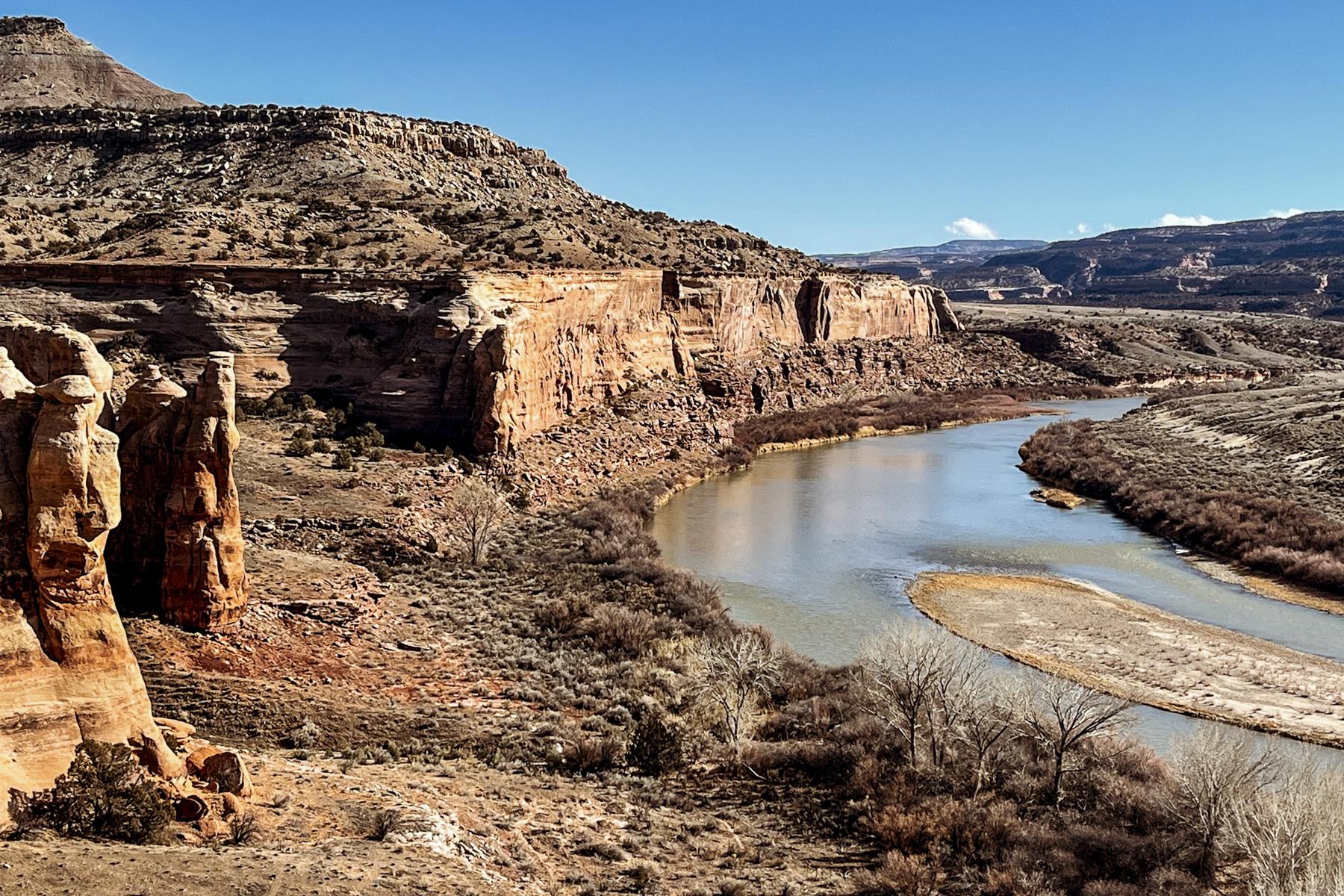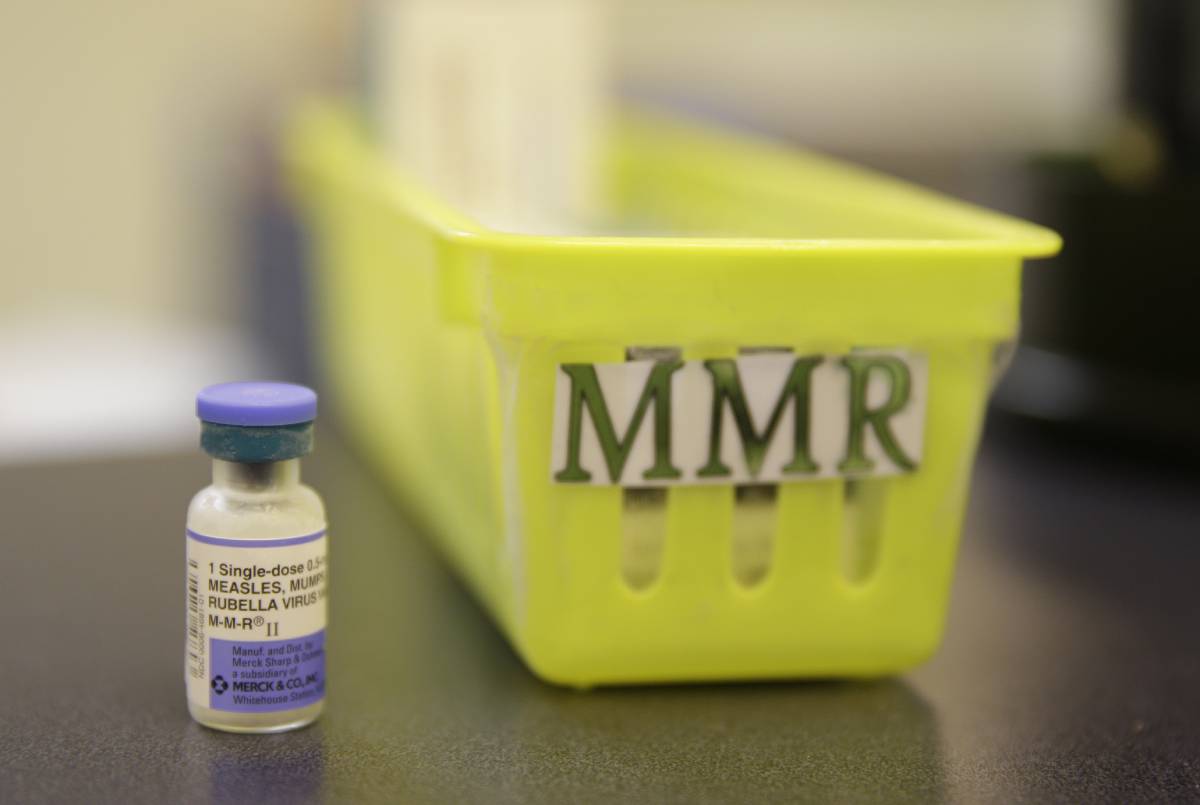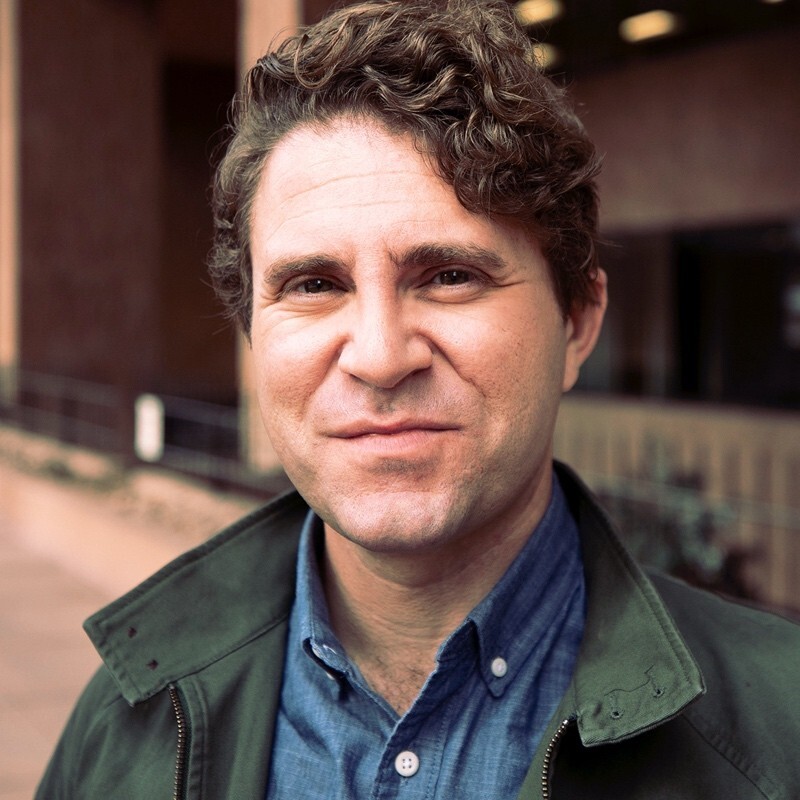
It’s that time of year when ski resorts crank up snowmaking machines to bolster Mother Nature’s delivery. Some resorts depend on man-made snow more than others, and it’s possible the practice may be used more in the future.
Snow on Aspen Mountain reflects the early afternoon sun, as skiers zig-zag their way down steep terrain. Snowmaking manager Harry Lynk takes a snowmobile up a steep pitch before arriving at one of the resort’s snowmaking machines, or guns.
Lynk removes his helmet and heads toward the large black snow gun. It’s one of seven on the mountain due to be replaced at season’s end.
“This is one of our older guns,” says Lynk. “This gun’s on a five-year lease and it’s on its last year now. It’ll be replaced next year with a gun that’s a little bit more efficient.”

Still, it’s relatively efficient. It has its own weather probe and starts shooting snow up and onto the ground automatically when temperatures hit 24-degrees. Even if there’s already snow on the ground, the man-made stuff covers it, providing a more solid, long-lasting base.
Lynk says a set of nozzles on the gun sprays the snow. “The colder it gets, it just starts adding more and more nozzles until it gets down to about 14 degrees and then all the nozzles will be on. Depending on pressure, you’ll be doing about 114 gallons per minute.”
Crews on Aspen Mountain use about 400-thousand gallons of water per season to make snow. In the spring, most of it ends up in the Roaring Fork River, but municipal water feeds the gun.
The Aspen Skiing Company started making snow after a drought in 1976 delayed opening day. The company operates four ski areas, and they’re continually updating snowmaking equipment to more efficient models.
“In the big picture nationwide, we make very little snow,” says Vice President of Mountain Operations, Rich Burkley. Burkley says the company’s aware the resource is precious. “We only have 600 acres of [man-made] snow out of over 5000 acres. So, we definitely rely on natural snow for most of our products.”
At other resorts, man-made snow can make or break a season.
“For Sunlight, over the last few years, it’s been really important,” says Ross Terry, who is in charge of operations for Sunlight Mountain Resort near Glenwood Springs. “We probably would not have been able to open without it.”
“Sunlight is a north-facing bowl. We get good snow in the bowl, on the steeper terrain. But, down toward the bottom where it flattens out, the sun exposure is quite a bit more and we have a hard time keeping snow on there early in the season.”
Terry calls snowmaking an “insurance policy” that allows the resort to stick to its opening and closing dates. In the future, the resort would like to expand its snowmaking to cover more of the mountain.
Boulder water attorney Glenn Porzak says ski areas’ dependence on man-made snow is increasing because they need more snow so they can open early and build terrain parks, where snowy features like half-pipes and jumps are located.

“You’ve seen over the last couple of decades, the ski industry really increasing the amount of snowmaking that takes place,” says Porzak. “They really use a lot of snow and the terrain parks obviously have become increasingly popular as time goes on, and virtually all of the ski areas have their terrain parks now.”
Climate change and a fragile water rights system may be the biggest challenges for resorts making snow, especially if they're planning on making more of it the future.
In 2012, the snow sports environmental advocate Protect Our Winters did a study on how climate change may impact ski resorts. It found in Colorado, average winter temperatures could increase 5-to-7 degrees over the next century, leading to losses in snow depth. And warmer nighttime temps may limit the effectiveness of snowmaking.
Also, the ability for resorts to hang onto their water rights has come into question. In 2012, the U.S. Forest Service issued a directive where ski areas were to turn over their water rights to the federal government if they operated on public land. Resorts took the issue to court.
Porzak represented the ski industry. “When you got down to the heart of it, it was federal control over state issued water rights.”
The Forest Service argued the directive kept the water with the land so that ski areas wouldn’t be allowed to sell their water rights. The judge sided with the ski areas but the issue isn’t yet resolved and more litigation could happen in the future.
Back on Aspen Mountain, snowmaking manager Harry Lynk picks up some powdery man-made snow.
“Pretty good snow quality here. Even with the way it is, you’d still enjoy skiing this.”
It’s too warm to run the snow guns on this afternoon, but cold temperatures are in the forecast, which means more man-made snow will cover this slope in the morning.
Connecting the Drops is a collaboration between Rocky Mountain Community Radio Stations and the Colorado Foundation for Water Education. Find out more about water in the state at YourWaterColorado.org.








